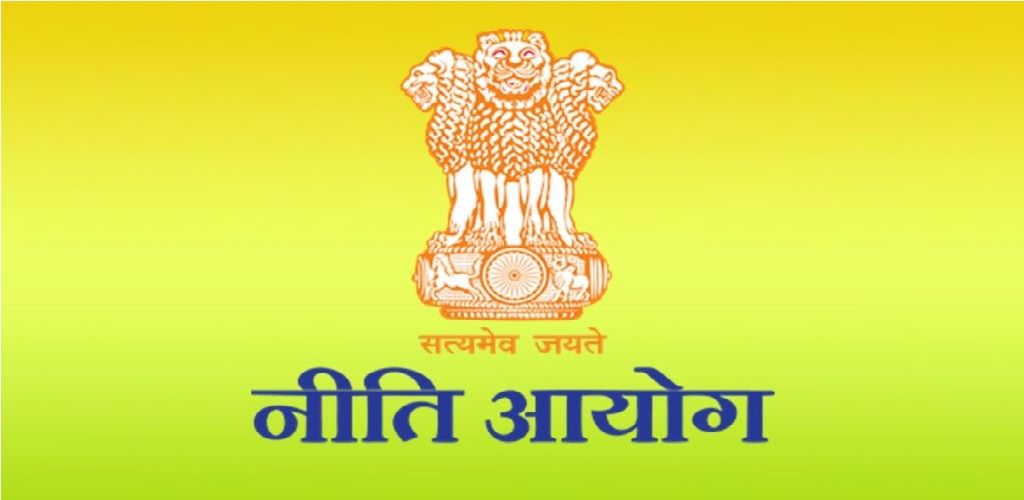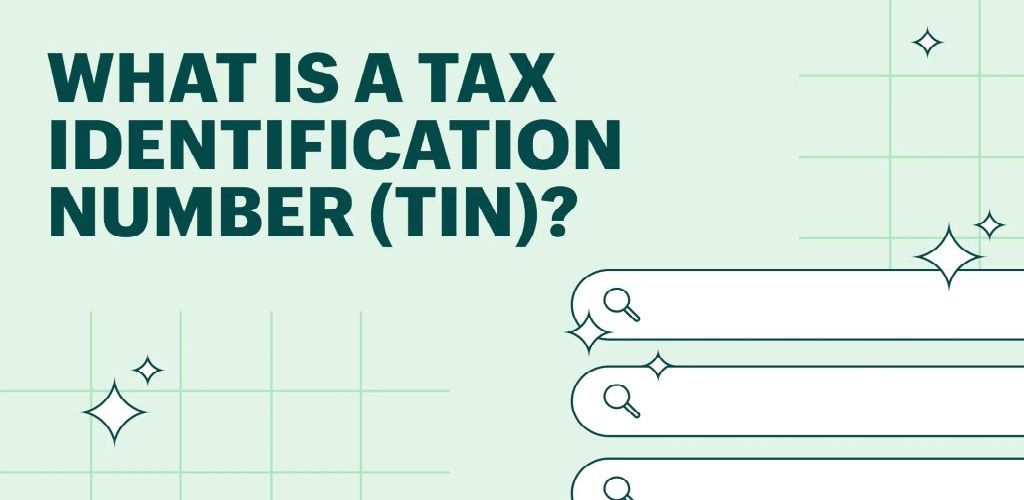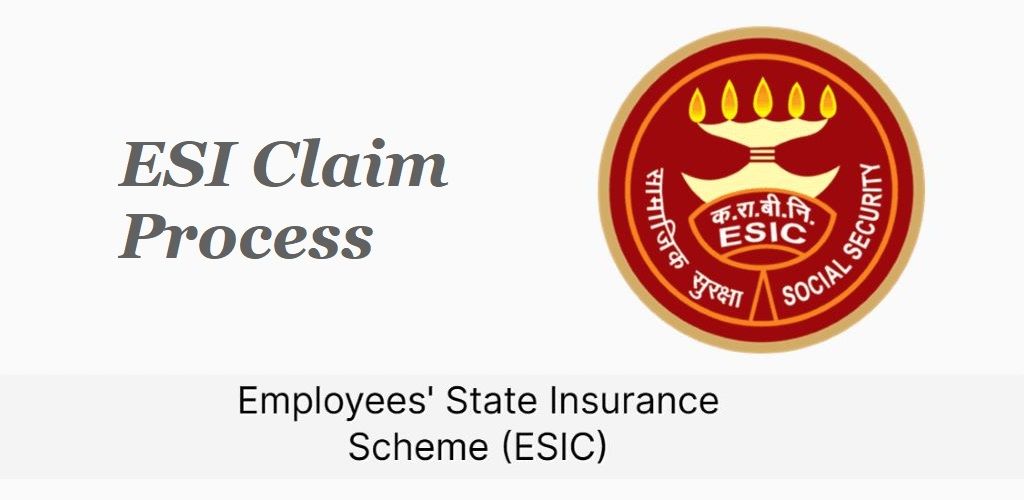NITI Aayog, which stands for National Institution for Transforming India, was indeed created by the Indian government as a replacement for the Planning Commission. Established in 1950, the Planning Commission played a crucial role in India’s economic planning and development for several decades.
The formation of NITI Aayog aimed to bring fresh ideas and a more dynamic approach to India’s economic and social development. It was designed to serve as a think tank and policy advisory body for the government that focuses on long-term strategic planning and fosters cooperative federalism.
The Prime Minister of India is the chairperson of the Governing Council of NITI Aayog, which provides strong leadership and guidance to the organization. The Governing Council includes chief ministers of all states and union territories, as well as other experts and stakeholders. This composition ensures representation from various regions and allows for collaborative decision-making.
Let’s take a look at this complete guide to understanding NITI Aayog and what it entails!
What Is NITI Aayog?
NITI Aayog, which stands for the National Institution for Transforming India, was established on January 1, 2015. It was created to better address the needs and aspirations of the Indian people to focus on the principle of “Maximum Governance and Minimum Government.”
As the premier policy think tank of the Indian government, NITI Aayog provides inputs for various programs and policies. It offers strategic and directional guidance to the central, state, and union territory governments, aiming for a shared vision of national priorities to drive the country’s economic growth.
One of the major highlights of this governing body is that it plays a crucial role in building strong states, which in turn helps create a dynamic and robust nation. Its key objective is to provide a directional approach for India, promoting research and innovation to advance the country’s development.
What Is the History of NITI Aayog?
The history of NITI Aayog dates back to May 2014, when the “Independent Evaluation Office” released a report recommending the replacement of the Planning Commission. This recommendation was made to Prime Minister Narendra Modi, who then decided to abolish the Planning Commission on August 13, 2014. The intention was to replace it with a modified version of the National Advisory Council (NAC).
Subsequently, on January 1, 2015, the Union Government of India officially announced the establishment of NITI Aayog. This decision was made through a Cabinet resolution that aimed to replace the Planning Commission with a new organization. The first meeting of NITI Aayog was presided over by Prime Minister Narendra Modi on February 8, 2015.
The need to establish NITI Aayog arose from the realization that the Planning Commission, which had been in operation for 65 years, had become outdated. It was originally designed for a controlled economy system, which is no longer applicable in India’s present context. India is a diverse country with states at different stages of economic growth, each with its unique strengths and challenges. The concept of a one-size-fits-all economic planning approach is no longer suitable in this dynamic setting.
What are the Objectives of NITI Aayog?
Here is a list of the objectives of NITI Aayog.
- Cooperative Federalism
One of the key objectives of the NITI Aayog is that it provides a common platform for all states to collaborate and work together towards national and public welfare. It recognizes that the strength of the nation depends on the strength of its states.
- Addressing Unbenefited Areas
Another major objective of this government agency is that it focuses on sectors of society that have not fully benefited from economic growth and progress, aiming to ensure inclusive development.
- Prioritizing National Development
In addition to the above objectives, it designs strategies for policies and programs that prioritize national development and the betterment of the nation’s people.
- Developing Progressive Village Plans
NITI Aayog formulates plans at the village level and communicates them to higher levels of government to ensure grassroots development.
- Resolving Inter-sectoral and Interdepartmental Issues
It provides a platform for resolving issues that span across different sectors and departments, which facilitates easy and smooth governance.
- Providing Strategic Advice
The organization offers advice to the central, state, and union territory governments. It also promotes partnerships between key stakeholders and collaborates with national and international think tanks.
- Monitoring and Evaluation
Lastly, NITI Aayog monitors and evaluates the implementation of government policies and programs to ensure they achieve their intended outcomes.
What is the Composition of NITI Aayog?
Listed below is the list of the members of NITI Aayog.
- Chairperson
The Prime Minister of India, i.e., Sh. Narendra Modi is the Chairperson of NITI Aayog. As the head of the organization, the Prime Minister provides leadership and guidance in shaping the policies and direction of the institution.
- Vice-Chairperson
The Prime Minister appoints the Vice-Chairperson of NITI Aayog.
- Governing Council
The Governing Council comprises all the Chief Ministers of states and Lieutenant Governors of Union Territories.
- Regional Council
The Regional Council addresses specific regional issues. It is chaired by the Prime Minister or a nominee and includes participation from the Chief Ministers and Lieutenant Governors of the respective regions.
- Adhoc Membership
Two representatives from top research institutes serve as ex-officio members on a rotating basis. These members contribute research expertise and insights to inform discussions and policy formulation.
- Ex-Officio Membership
The Prime Minister nominates up to four members of the Union Council of Ministers to serve as ex-officio members.
- Chief Executive Officer (CEO)
The CEO of NITI Aayog is appointed by the Prime Minister and holds the rank of Secretary to the Government of India.
- Special Invitees
Experts and specialists with domain knowledge are nominated by the Prime Minister as special invitees.
What are the Key Initiatives of NITI Aayog?
The following are the key initiatives of NITI Aayog.
- Atal Innovation Mission (AIM)
AIM promotes innovation and entrepreneurship through initiatives like Atal Tinkering Labs (ATLs) in schools, Atal Incubation Centers (AICs), and Atal New India Challenges (ANICs).
- National Nutrition Mission (NNM)
NNM, also known as POSHAN Abhiyaan, addresses malnutrition and improves nutritional outcomes for children, pregnant women, and lactating mothers.
- Aspirational Districts Programme
This program accelerates the socio-economic development of 112 backward districts by identifying key performance indicators across various sectors.
- Digital India
NITI Aayog supports the Digital India initiative by promoting digital literacy and facilitating digital infrastructure development.
- Transformative Energy Access
NITI Aayog promotes renewable energy, energy efficiency, and access to clean and affordable energy through initiatives like NMEEE (National Mission for Enhanced Energy Efficiency) and the National Wind-Solar Hybrid Policy.
- Health Systems for a New India
NITI Aayog strengthens India’s healthcare system by advocating for universal health coverage and preventive healthcare measures, supporting schemes like Ayushman Bharat.
- Sustainable Development Goals (SDGs)
NITI Aayog leads India’s efforts to achieve the SDGs by aligning national policies and programs with the SDG targets.
- Ease of Doing Business (EoDB)
NITI Aayog improves the business environment by identifying regulatory bottlenecks, streamlining procedures, and implementing reforms to enhance ease of doing business.
- Skill Development and Employment Generation
NITI Aayog focuses on skill development and employment generation through initiatives like the Skill India Mission.
- Agriculture Reforms
NITI Aayog advocates for agricultural reforms and supports initiatives to enhance farmers’ income through schemes like PMKSY and eNAM.
- Urban Development and Smart Cities
Support for the growth of cities and the Smart Cities Mission is provided by NITI Aayog legislative initiatives.
- Atmanirbhar Bharat Abhiyan (Self-Reliant India Mission)
NITI Aayog plays a key role in implementing this mission to boost domestic manufacturing, promote innovation, and enhance self-reliance.
- Water Management and Conservation
NITI Aayog focuses on water management and conservation through initiatives like the Jal Jeevan Mission.
How NITI Aayog Has Transformed Planning in India?
Since the inception of NITI Aayog in 2015, it has brought significant changes in the planning landscape of India. Let’s discuss how it has transformed the planning in India.
- Policy Making Revolution
There is no denying that NITI Aayog plays a crucial role in providing relevant technical advice to both the states and the central government during the planning and formulation of strategic and long-term policies. This ensures that the policies are well-informed, effective, and aligned with the needs of the country.
- Bottom-up Approach
NITI Aayog adopts a bottom-up approach in its policy-making process, aiming to achieve sustainable development goals. It focuses on ensuring that the benefits of policies and initiatives reach all sections of society, whether they reside in rural or urban areas.
- Efficient Coordination Among Departments
Another major way in which transformation takes place is that NITI Aayog serves as a central platform for resolving inter-sectoral and inter-departmental issues. By facilitating efficient coordination, it accelerates the implementation and development of various initiatives, ensuring smooth progress across different sectors.
- Advanced Technology
NITI Aayog has taken the initiative to develop a nationwide blockchain network called ‘IndiaChain.’ This demonstrates its commitment to leveraging advanced technologies for effective governance and secure data management.
- Maximum Digitization
NITI Aayog emphasizes the importance of technological upgradation and digital transformation. Through digitization, it aims to enhance the capacity for implementing plans and initiatives, enabling efficient and streamlined processes.
- Strong Management
NITI Aayog recognizes the need for strong management and has introduced technical training and occupations to use technology to address underlying issues in India. By fostering a skilled workforce, it strives to overcome challenges and drive sustainable development.
Difference between NITI Aayog and the Planning Commission of India
Let’s take a look at the differences between NITI Aayog and the Planning Commission of India.
| Parameters | NITI Aayog | Planning Commission of India |
| Establishment Date | January 1, 2015 | March 15, 1950 |
| Governing Structure | Governing Council headed by the Prime Minister | Headed by the Prime Minister with a Deputy Chairman |
| Role & Function | Acts as a policy think tank, it provides strategic and technical advice | Formulated five-year plans and allocated resources to sectors and states |
| Approach | Bottom-up approach focusing on cooperative federalism | Top-down centralized planning approach |
| Planning Mechanism | Emphasizes policy formulation, fostering innovation, and monitoring | Focused on creating and implementing five-year plans |
Frequently Asked Questions
Listed below are the frequently asked questions related to the NITI Aayog.
NITI Aayog provides strategic and long-term policy advice, designs programs and offers technical guidance to the central government, states, and union territories.
The Student Entrepreneurship Program helps develop future technology leaders and entrepreneurs.
The Prime Minister of India is the Chairman of NITI Aayog. The Vice-Chairman is appointed by the Prime Minister. The council includes the Chief Ministers of all states and the Lieutenant Governors of all union territories.
The One-District One-Product policy aims to boost exports by promoting unique products from each district.
The Prime Minister of India is the current CEO or Chairman of NITI Aayog. Currently, Narendra Modi holds this position.








